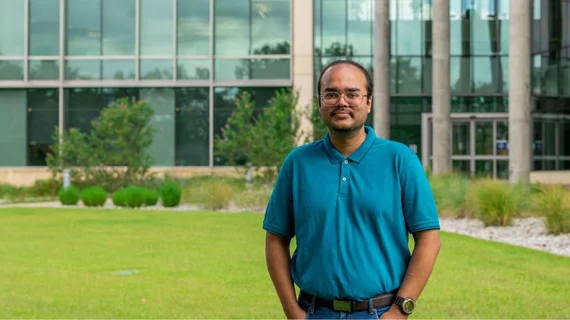'Robust' new imaging technique combines ultrasound with optical tomography
A team of researchers, led by assistant professor Souvik Roy from the University of Texas at Arlington, is working on advancing medical imaging through a new-look imaging modality they call quantitative photoacoustic tomography (QPAT).
QPAT combines ultrasound and optical tomography to create images of tissues' optical properties, such as absorption and diffusion, providing valuable insights into the location and stage of cancerous tissue. The integration of these two imaging methods is expected to lead to clearer and more informative images for medical professionals.
“QPAT is robust because it uses information from two types of imaging techniques and has the potential to provide high-quality images. It can tell us so much more about what’s going on under the skin,” Roy said in a statement. “By providing better images, doctors will be able to make more accurate diagnoses in shorter time frames. This will lessen anxiety for patients as well as decrease costs for the healthcare industry by reducing the need for repeated scans.”
One of the primary challenges in developing QPAT is the scarcity of reliable acoustic wave measurements on the body's surface, which can hinder the quality of images and result in inaccurate cancer diagnoses. To address this issue, Roy's team received a $190,000 grant from the National Science Foundation. They plan to employ a combination of game theory, statistical sensitivity analysis, and gradient-free optimal control methods to improve the QPAT imaging technique.
The ultimate goal of this research is to enable more accurate and timely diagnoses for patients, reduce healthcare costs, and alleviate patient anxiety. The team hopes that these advancements in medical imaging will lead to improved treatment outcomes at a reduced cost.

